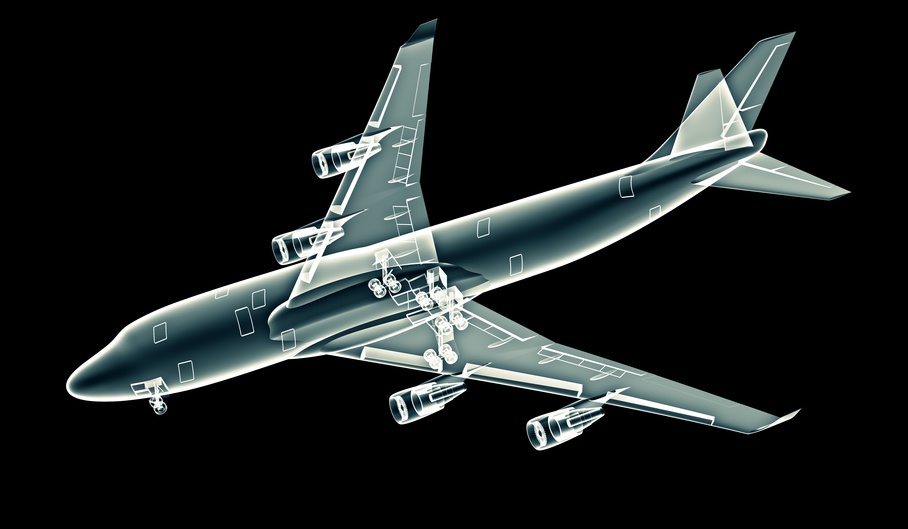
Most people are familiar with some type of computerized imaging scanning. 3D imaging is used for a variety of medical issues, including imaging of bones, ligaments and even internal organs. Most people have probably had one type of these imaging devices done in the past. However, there are other uses for these types of imaging programs. The use of industrial CT scanning is used in the industrial setting to thoroughly view and document scientific and technological devices. These devices help engineers and scientists with their work and provide a variety of research benefits.
XRAY machines, CT scans and MRI scans are all types of imaging devices that can be used in an industrial setting. 3D imaging of the industrial CT scanning works in much the same way as the device would also work for medical reasons. A computerized tomography (CT) or (computerized axial tomography (CAT) scan, uses a computer that takes data from several Xray images of structures inside a human or animals body and converts them into pictures on a monitor. Tomography is the process of generating a 2 dimensional image of a slice or a section through a 3 dimension object. These multiple dimension images can really be beneficial to research and to documentation of work. A 3D laser scanning service is able to provide the scientists with a variety of documentation and images to assist with their work.
The CT scan seems thus far to be the most beneficial in the industrial and research aspects. The ability to image items in the different dimensions is extremely beneficial. The first clinical CT scanners were installed between 1974 and 1976. The original systems were dedicated to head imaging only, but whole body systems with larger patient openings became available in 1976. CT became widely available by about 1980. There are not about 6,000 CT scanners installed in the U.S. and about 30,000 installed worldwide.
CT scans have also improved over the years, since they were first available for patients. This advancement makes them even more suited for industrial use in composite analysis and assembly analysis uses. When the CT scan was first developed, it was never considered to be of use for industrial CT scanning. In fact, the first CT scanner developed by Hounsfield in his lab at EMI took several hours to acquire the raw data for a single scan or slice and took days to reconstruct a single image from this raw data. The latest multi slice CT systems can collect up to 4 slices of data in about 350 ms and reconstruct a 512 by 512 matrix image from millions of data points in less than a second.
When CT scans and other 3D imaging scanners were first developed, they were developed with the purpose of seeing into the human body. However, over the years, advancements of the 3D imaging devices have allowed them to also be used for industrial CT scanning purposes. The technology of such devices has improved and has increased the quality and the level of images that are viewed. This can provided many benefits to the scientific research fields.